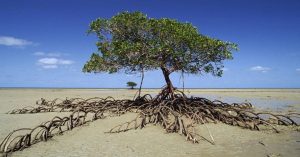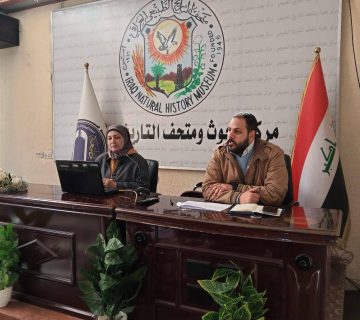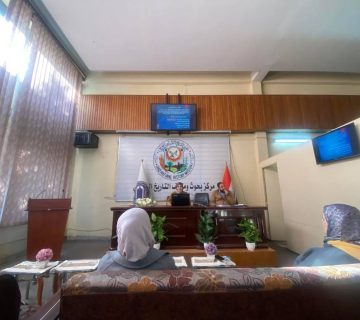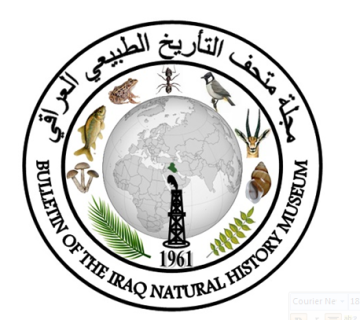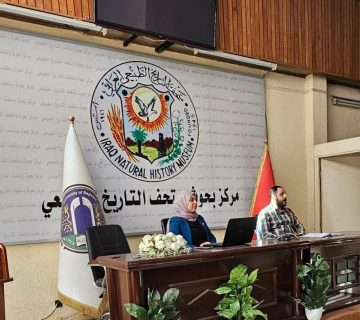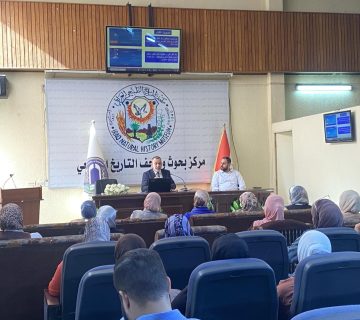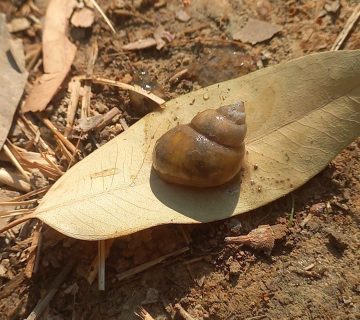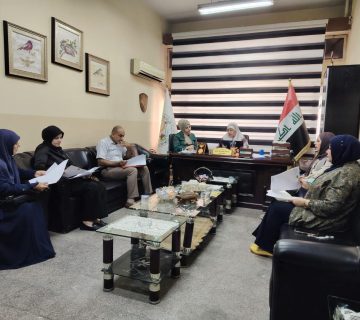Mangroves are nature’s superheroes, teeming with life and protecting our planet. Their dense roots and surrounding plants act as water purifiers, trapping sediment and pollutants before they harm sensitive habitats like coral reefs and seagrass beds.
But there’s more to these marvels than meets the eye! They’re champions of biodiversity, providing homes for fish, shellfish, birds, and even sea turtles. Plus, they store carbon like nobody’s business, up to four times more than tropical forests, making them crucial allies in the fight against climate change.
Sadly, Iraq’s once-thriving marshes, where mangroves could flourish, were drained years ago. However, there’s hope! Experts suggest planting mangrove species specifically adapted to this region, like Avicennia marina, to shield coastal communities from storms and floods while reviving vital habitats for threatened species.
This initiative aligns with the government’s efforts to combat climate change and complements the planting of five million trees under the Basra Climate Conference. However, caution is key. Introducing non-native plants can bring unintended consequences. Careful research is crucial to ensure any new introductions benefit the environment, biodiversity, and the economy in the long run.
Remember, mangrove restoration is a journey, not a destination. Let’s learn from the past and embrace the future with these green guardians by our side!

